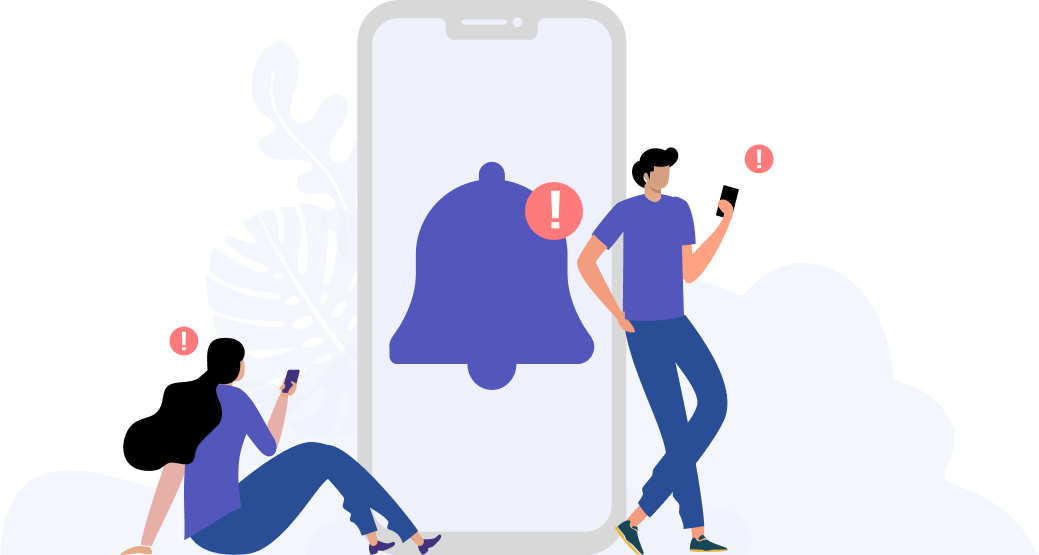Why encouraging children to take regular breaks is more important than one might think

It’s crunch time. Your precious little ones have got a week to go before that big, final year exam in school. It’s all come down to this. So, they shut themselves away, emerging only for mealtimes and toilet breaks (not necessarily at the same time).
After the big day though, there’s a catch. There’s always the next big day, which means plenty of hours with their nose to the grindstone again.
Researchers in Shanghai found that among just under 5,000 students aged six to ten years old, three main factors – apart from genetic ones – were related to changes in the eye that are associated with myopia. Namely, not keeping a reasonable distance when engaging in near work activities (reading, writing or using digital devices), not being in an environment with adequate light when engaging in such near work activities, and not taking a break after more than 30 to 40 minutes of continuous near work activity.
How, then, can one avoid falling into the trap of working continuously for long hours, and all the potential ills that come with it? Here’s a list of tips and tricks to ensure that your little ones get that next A grade while keeping healthy.
Don’t make it a habit
Burning the midnight oil, or working exponentially harder during crunch time, usually means that your children won’t take the necessary time for eye breaks. Hard though it may be, try to reason with your children to attempt to spread their work out over the weeks or months so that they aren’t rushing out assignments in a couple of days. Similarly, that means enforcing some kind of schedule for your kids. This doesn’t only apply to studies – marathon sessions of Netflix and games are out of the question as well, unless you’d want your children to fall prey to eye problems, such as myopia and digital eye strain that may inevitably come with continuously engaging in near work activities.
Breaks aren’t the only things to take note of
There are other factors that are vital to promoting good eye health in children – factors that, unfortunately, children also overlook when they’re busy. These include maintaining a healthy distance between the eyes and the reading materials that they are attending to, as well as making sure that the environment that they’re working in is adequately well-lit for maximum eye comfort.
Again, this involves building up a solid base of good behaviours – though parents could also employ the help of the planoApp, a mobile application that empowers parents with the ability to actively build these healthy behaviours in children. The app monitors the time your kids spend on their devices and reminds them to hold their smartphones at a good distance away. It even tracks their surrounding lighting!
Remind children that it isn’t just about the eyes

Preventing eye strain from continuous overwork or too much screen time is one thing – forward head posture or shoulder rounding, are other common postural effects resulting from continuously spending too much time reading or using their phones and tablets in a poor posture (which usually happens when children are too engrossed in these activities!). Headaches and neck strain are other possible pains that follow soon after.
Apart from protecting children’s eyes, parents need to make sure to protect what’s important to kids – their health and well-being. To that end, making outdoor time and play a default can work wonders by encouraging children to move and get plenty of sunlight, while still having fun. This also counts as getting that much needed eye break!
Tools Designed for Healthier Eyes
Explore our specifically designed products and services backed by eye health professionals to help keep your children safe online and their eyes healthy.





